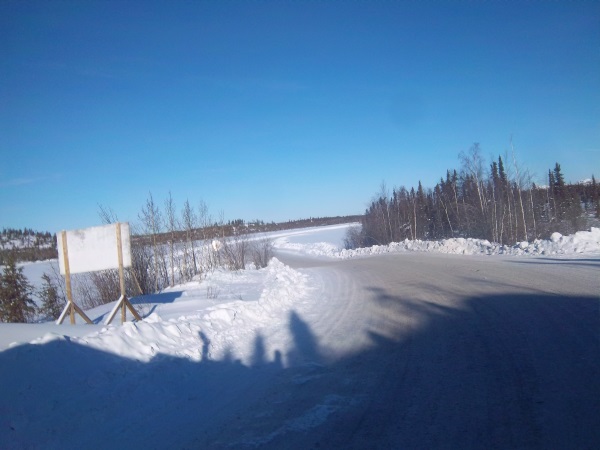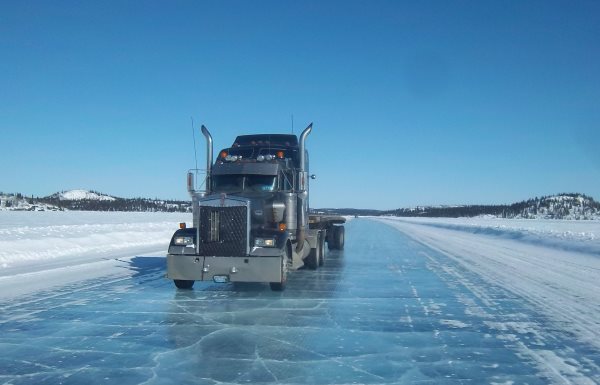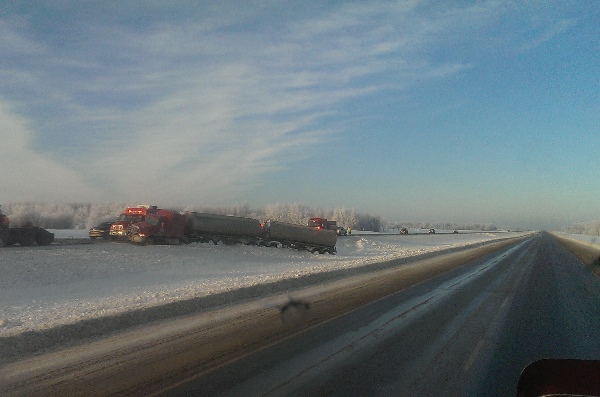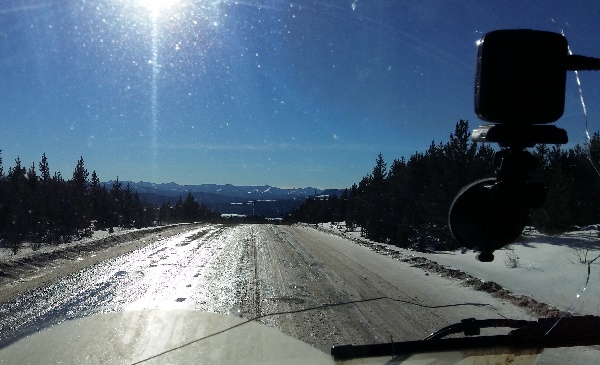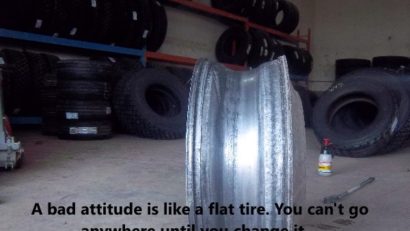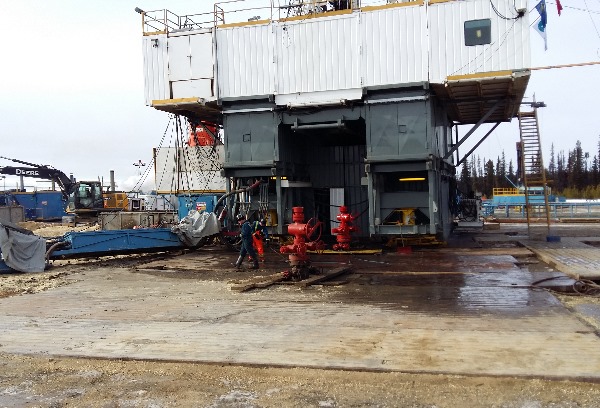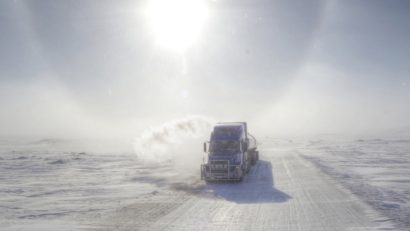- Telebelting Frac Sand
- Frac Sand Unloading
- Frac Sand Safety
- Frac Sand Storage
- Pneumatic And Telebelt Speeds
- Frac Sand Telebelt Benefits
Pneumatic and Telebelt speeds is the third area of comparison in our 6 part Telebelting frac sand series. This series came about from of our look at Superfracking and the need for bigger, better, faster.
There are many variables that affect the time it takes a pnuematic trailer to unload frac sand. knowing what they are, we’re able to discuss them and the limitations they have in relation to Telebelting.
This may be a little difficult to follow if you’re not familiar with the frac sand industry, so please bear with us. Telebelting is a fairly new development in the industry. Please feel free to contact us if you need more information on this subject. All the performance numbers we give are verified numbers taken from field operations.
These are some of the factors we looked at in order to compare pneumatic and Telebelt speeds.
blower size (Air pump), and experience level of the operator
A typical industry average for a sand bulker on location would be 1.5 to 2.5 hours. A more experienced driver with a large capacity blower and a short hose (10 ft or less) will take as little as .5 hours to unload a 30 ton load. Keep in mind this doesn’t include time on location hooking up, signing in and our or moving around. 1 hour on location would be considered fairly quick.
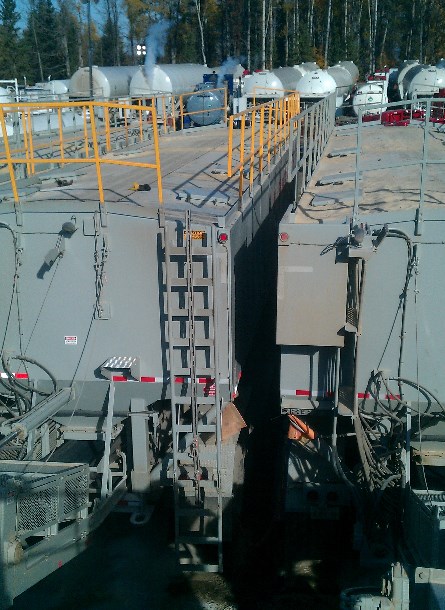
Pneumatic and Telebelt Speeds. Bigger fracs and tight locations means more hose and slower unload times. Are we squeezing the pneumatic trailer out of the industry?
The length of hose affects the speed
A short hose (10 ft. or less), is an ideal situation, but this is only possible when a truck can back up close to a vessel. With the the number of vessels required for today’s frac jobs they’re frequently stacked together in a tight formation and become very difficult to access. In many cases a driver must use 40 to 60 ft. of hose to reach the offloading spout.
A blower having to push sand through 40 ft. or more of hose can easily double the unloading time. Pneumatic systems have even been documented to take as much as 4 to 5 hours to unload under these conditions.
Product purge valves have to be cut back significantly from pushing a large volume of sand to avoid plugging off. A long plugged line of that length can mean hundreds of pounds of expensive frac sand on the ground.
This also become a safety concern as a driver has difficulty monitoring the additional lines while keeping a close eye on his equipment.
This increase in sand volumes, the number of vessels and the difficulty of vessel configuration for larger jobs has inadvertently caused an increase in frac sand demurrage.
Telebelts can easily reach places that are difficult to access with a pneumatic trailer. The high speed unload rate remains constant while a pneumatic system loses time using longer hoses.
Comparing pneumatic and Telebelt speeds.
Let’s look at the reality of a large capacity job where thousand of tons of frac sand are required. Complaints are common as “Waiting on sand” to frac the next zone costs valuable time and money.
We can look at a 6 vessel configuration with 3 vessels stacked on each side of a T- belt like in the picture above. With two sand vessels buried on each side, it now becomes a problem to reach 4 of the 6 vessels with additional hoses needed.
This means a minimum of twelve loads taking an excessive amount of time to unload. By excessive, we mean Two to four hours per truck. Using an generous average time of 2 hours per truck, it equals 24 hours of unloading time for 12 trucks. With 30 ton loads that’s a total of 360 tons and an off load rate of only 15 tons/hr for each truck.
If you don’t mind congestion you can increase to 2 trucks unloading at a time and cut it down to 12 hours, or 4 trucks at a time we’re down to 6 hours and so on.
Unloading four trucks every two hours with 30 tons per truck is still only a rate of only 60 tons/hr., while the frac crew could easily be sending 2 to 5 times that amount down the well. Rates like this make it very difficult for pneumatics to keep up and could mean delays waiting to do the next zone.
2 Telebelts operating on a location have the capacity to unload 360 tons in less than 2 hours.
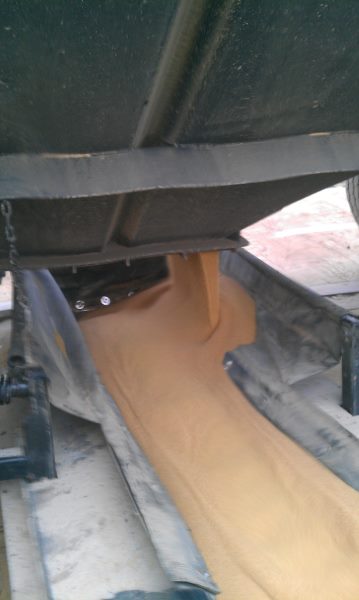
Pneumatic and Telebelt Speeds. The Telebelt is the clear winner. Gravity drop grain trailers can unload 40 ton loads easily in under 15 minutes.
Telebelt speeds and superfracking
Of all the benefits of Telebelting, servicing a “Superfrack” stands out the most. They’ve proven themselves with some impressive capabilities in this area. The largest capacity jobs are usually done with one Telebelt, but it’s possible to have two or more Telebelts unloading trailers at the same time.
The average capacity of a Telebelt with experienced operators is 2.5 tons/minute. This is 2 tons/minute better than than a fast air slide. It can take five or more pneumatic trailers to push the volumes of only one Telebelt.
Telelbelts can easily keep up with the sand demands of ball fracturing and other multi zone methods while pneumatic trailers can fall behind.
Virtually no setup time for gravity dropping sand
Part of the time advantage is the setup time, because the driver doesn’t have to leave his truck when unloading for a Telebelt. There’s no lost time hooking up hoses, or building tank pressure before offloading starts. Belly dump grain trailers can be unloading within a minute of arriving.
It’s pretty impressive to see a 40 ton B-train load arrive, unload, and be gone in under 15 minutes where a pneumatic operator could still be hooking up their hoses.
B-train grain trailers can be used with Telebelt systems and they’re able to haul maximum allowable loads. This can reduce transportation costs and even reduce the number of trucks required to service a job, but we’ll cover this in the next section.

